5 Cool and Fresh Japanese Sweets to Herald Summer’s Arrival
Wagashi At Its Best In The Heat Of Summer
With low sugar and salt content, and a cool and slippery texture, Japanese confectionary is the refreshing star of summer. Read on for five of the best to seek out as the heat rises!
I first came to Japan during the rainy season many years ago, so my first taste of Japanese wagashi (confectionery) was summery. But, it was not until I spent a roasting August in Tokyo that I truly learned to cherish the light taste and pleasant cool squishiness of Japanese sweets accompanied by a cup of mizudashi (cold brew) green tea in the afternoon.
Indeed, the heavy humidity, either laden with raindrops or the sweltering heat of mid-to-late summer, was not well suited to creamy cakes and milky black teas. In fact, it is often stated here that our appetites falter in the summer and need specific foods to kickstart our interest in eating, especially in later summer. And so, it is said, the deliciously springy texture and refreshing nature of summer wagashi pair much better with the rising temperatures. Below, I profile five delicious wagashi that will delight and refresh your taste buds this summer.
Mizu Yokan
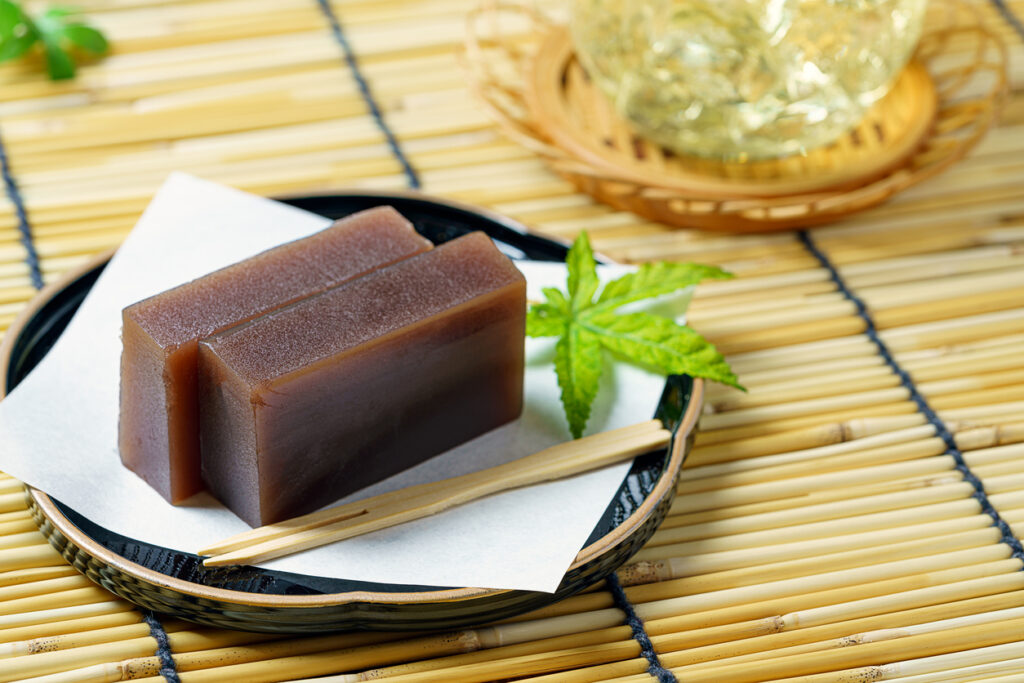 © Photo by iStock: Wako Megumi
© Photo by iStock: Wako MegumiMizu yokan refers to a special preparation of yokan (a jelly-like red bean paste, sugar and agar dessert) whereby the gelatin level is reduced and the water content is increased. They are often kept low in sugar to give them a taste more akin to “refreshing” than merely sweet. Despite being considered an ideal summer dessert due to its cooling texture and light flavor, mizu yokan was originally a winter treat since the low sugar content made them easy to spoil in the heat. However, with the spread of refrigerators, this dessert’s popularity in the summer grew, elevating it to a seasonal classic.
Mizu Manjyu
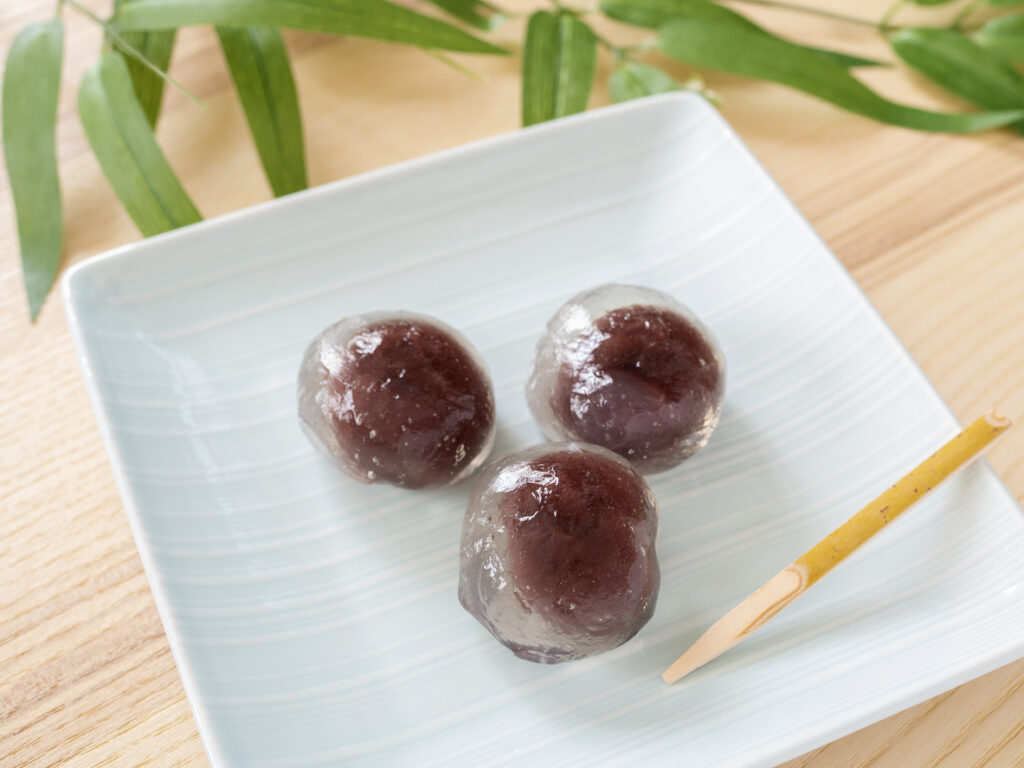 © Photo by iStock: kaorinne
© Photo by iStock: kaorinneKudzu (Arrowroot) is a common summer ingredient in wagashi and mizu manjyu allows it to shine. This confectionary’s exterior is translucent which contributes to its water-like appearance as well as its smooth and jelly-like texture. Mizu manjyu can come in different flavors, like matcha, along with seasonal fruits, like strawberry, but the most common version is simply prepared using arrowroot starch, warabiko (bracken starch), sugar and anko (red bean paste). Mizu manjyu is a nationwide treat, but they originate from Gifu prefecture’s Oogaki City, known for its clear and fresh underground water which has been used to produce the manjyu since the Meiji period (1868-1912).
Mitarashi Dango
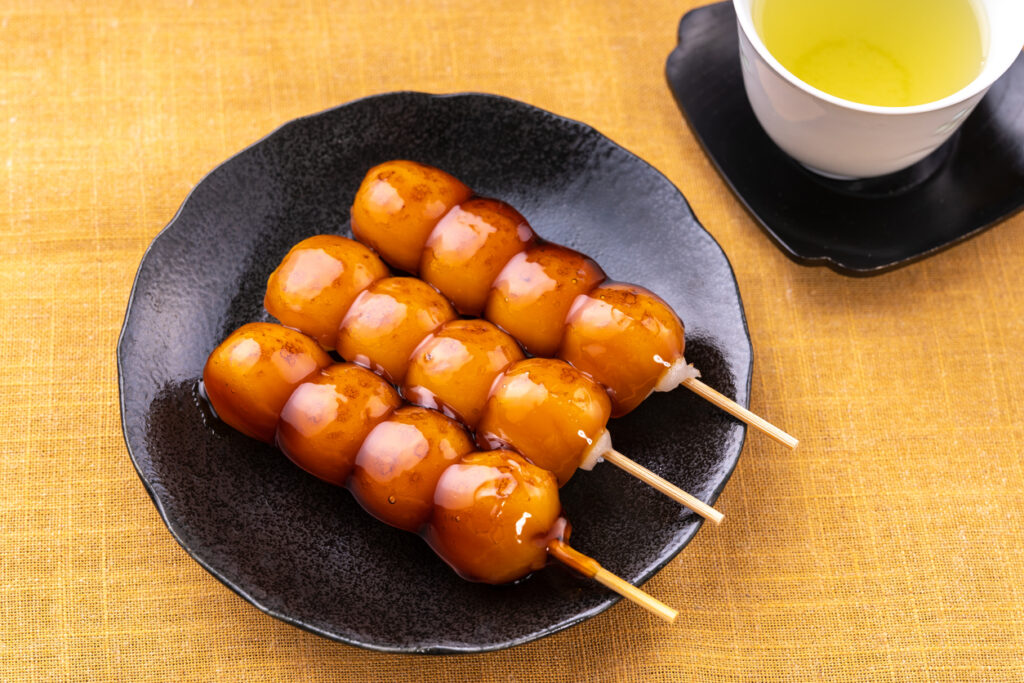 © Photo by iStock: Promo_Link
© Photo by iStock: Promo_LinkOriginating from the famous Kamo Mitarashi Tea House located just outside of Kyoto’s Shimogamo Shrine, mitarashi dango are ball-shaped rice flour dumplings that are skewered with a thin wooden stick. Before being covered with a glaze composed of soy sauce, mirin, sugar, water and potato starch, the dumplings are lightly charred giving them their distinctively burnt, yet golden brown appearance. Although Mitarashi Dango are typically served warm, they are considered summer treats and have long been enjoyed at Kyoto’s Aoi and Mitarashi Festivals held in May and July, respectively. Nowadays, these treats are available nationwide to feast on in the summertime.
Ayugashi
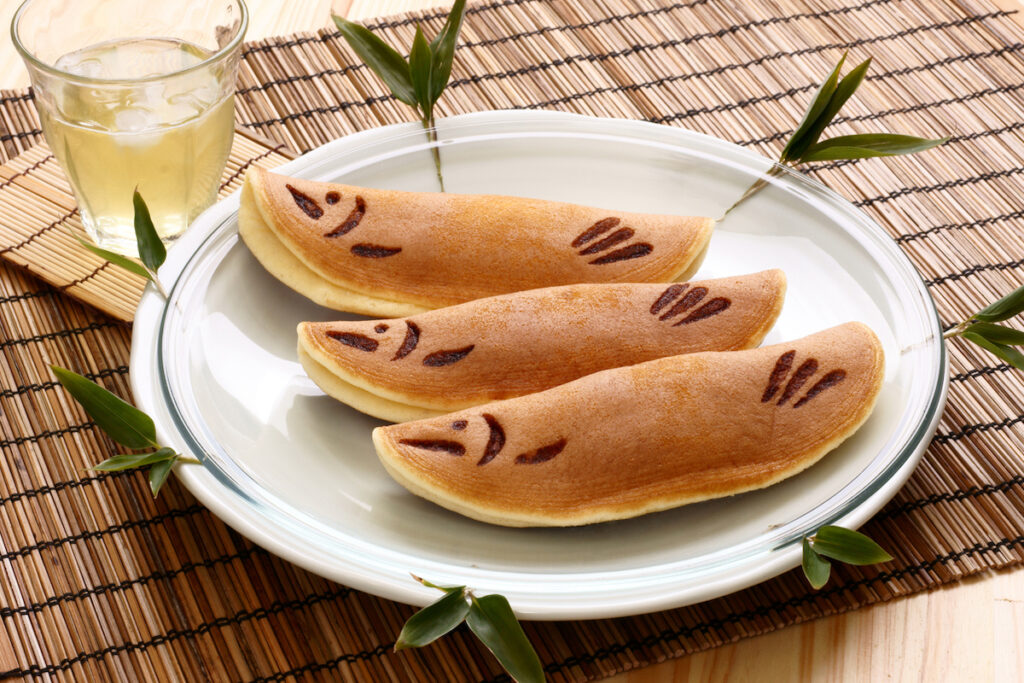 © Photo by iStock: Promo_Link
© Photo by iStock: Promo_LinkOften referred to as ayugashi or wakaayu, this confectionary is named after the ayu (sweetfish) which lends this creation its distinctive shape. Ayu are beloved for their distinctive sweet taste, as well as their perseverance, as these creatures battle the elements, such as rapids and waterfalls, while traveling upriver towards their breeding grounds in early summer. Made using castella cake batter and filled with sweet bean paste, ayu often have very detailed faces and fins which are branded onto them using a hot iron as they are cooked. Different stores’ ayugashi can look and taste quite different from one another, so why not have fun comparing them as you feast on this lovable sweet that is a hit for all ages?
Summer Nerikiri
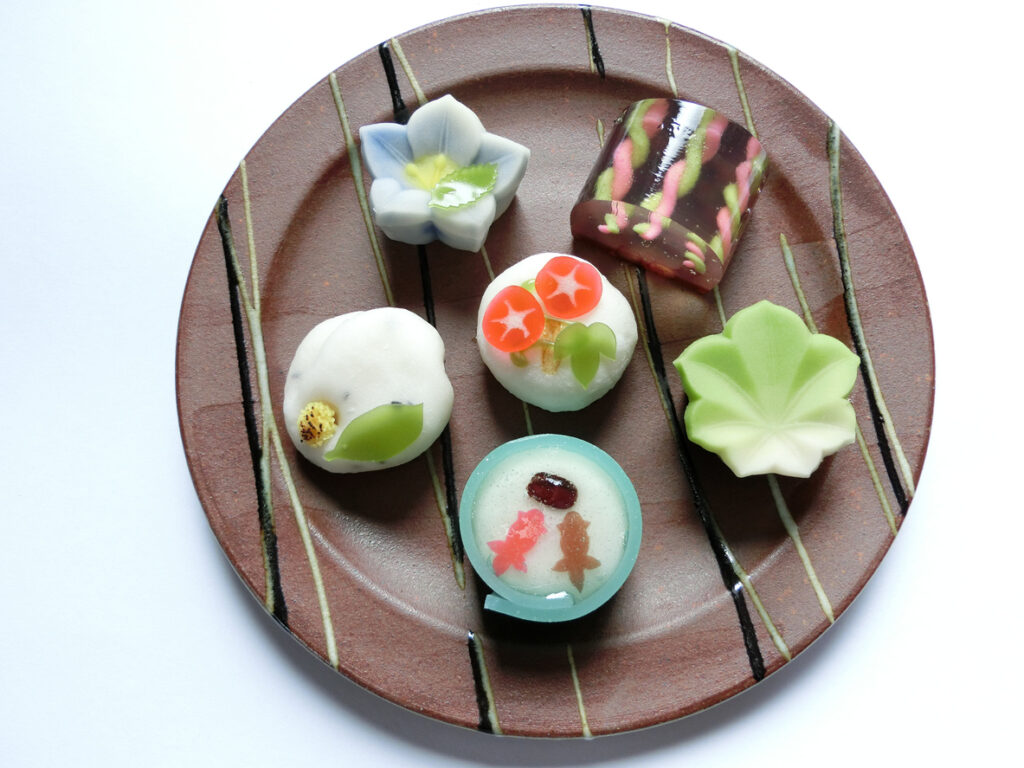 © Photo by iStock: yumi
© Photo by iStock: yumiNerikiri are the most traditional and artisanal wagashi whose presentation, colors, shapes and features change with the seasons. They are truly works of art that are prepared using a combination of glutinous rice flour and white bean paste. Typically, as we saw in the spring wagashi article, nerikiri are often given as formal gifts and consumed during special occasions, like tea ceremonies. During summer, the nerikiri which are typically available represent the bright colors and motifs of the season, such as the asagao (morning glory), the tsubame (swallow), the himawari (sunflower), the suika (watermelon) and the uchiwa (fan).
While heavy and warm foods just don’t sit right in the high temperatures, Japan’s abundance of gelatinous and chewy textures in the summer season is said to increase your appetite and enjoyment of eating on notoriously hot days. Don’t hesitate to visit your local wagashi shop and inquire about the sweets above!












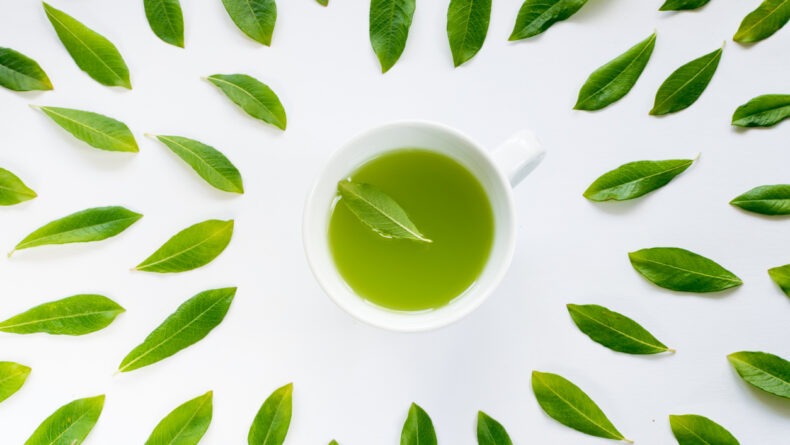
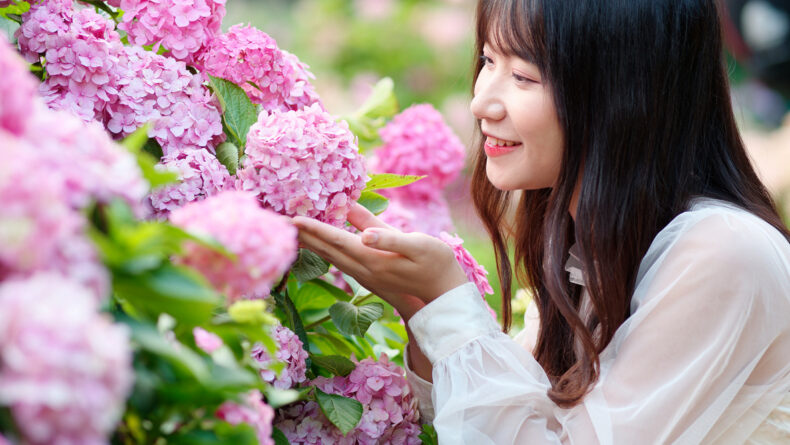
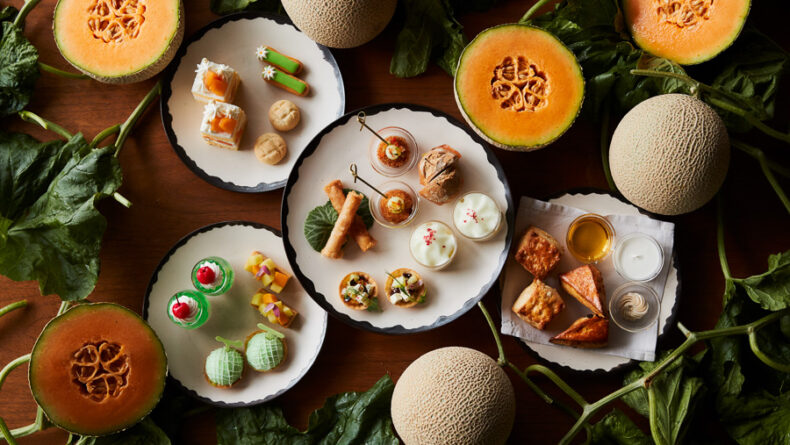
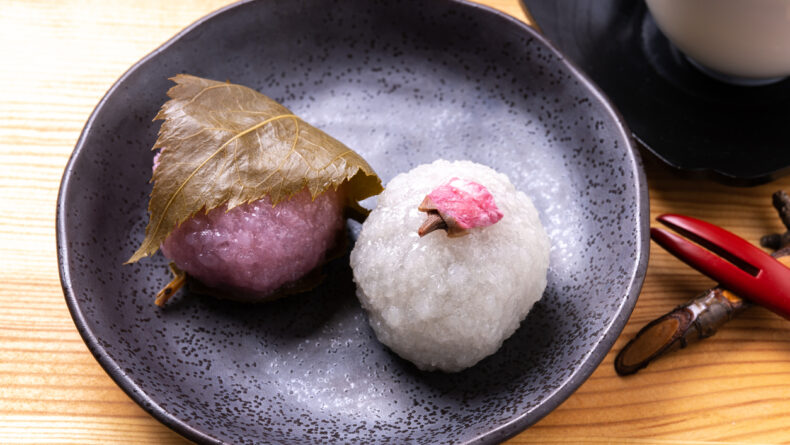
Leave a Reply